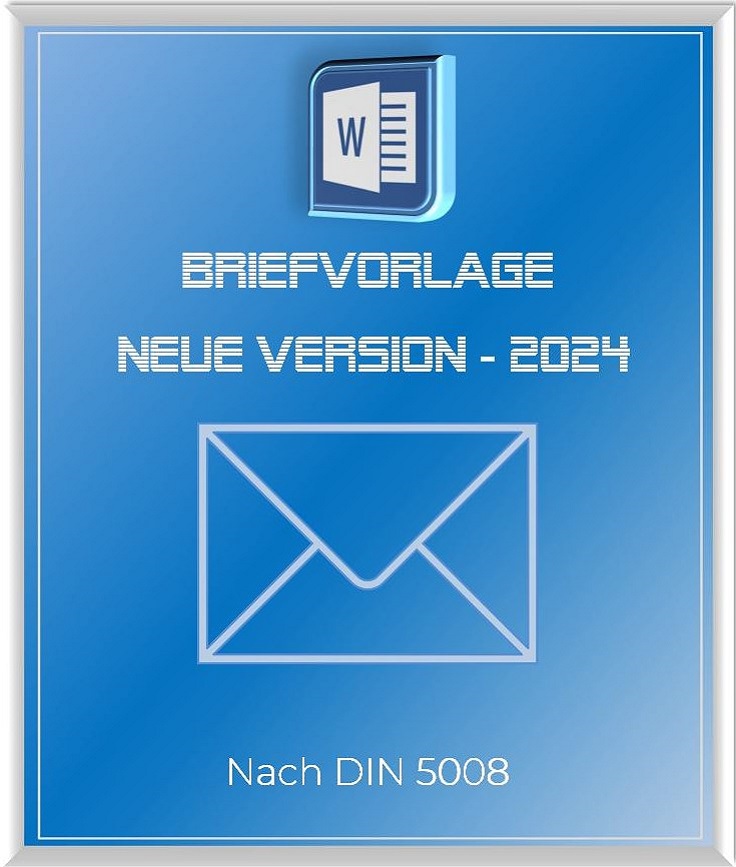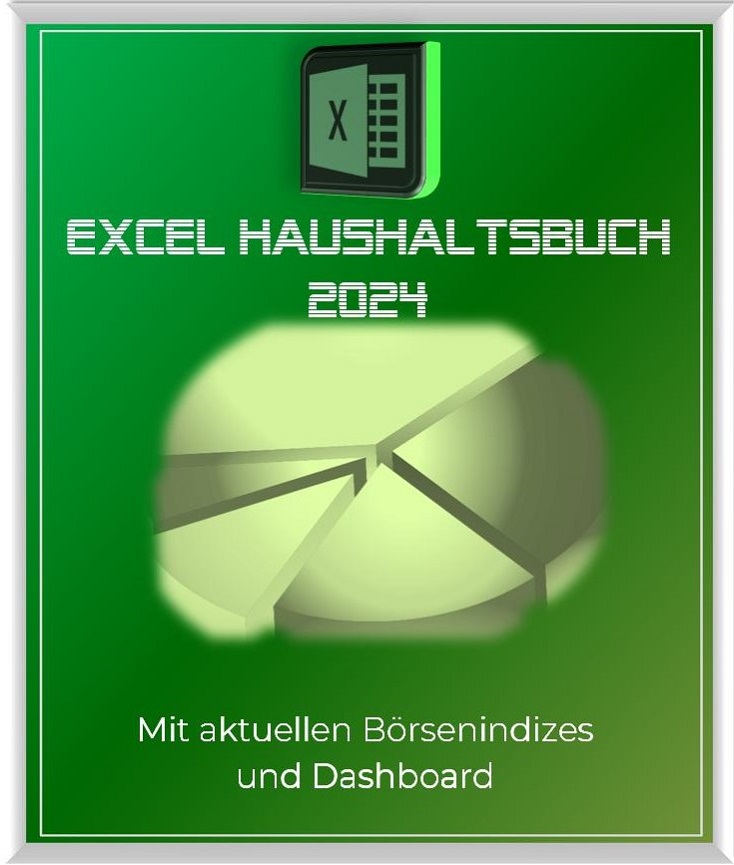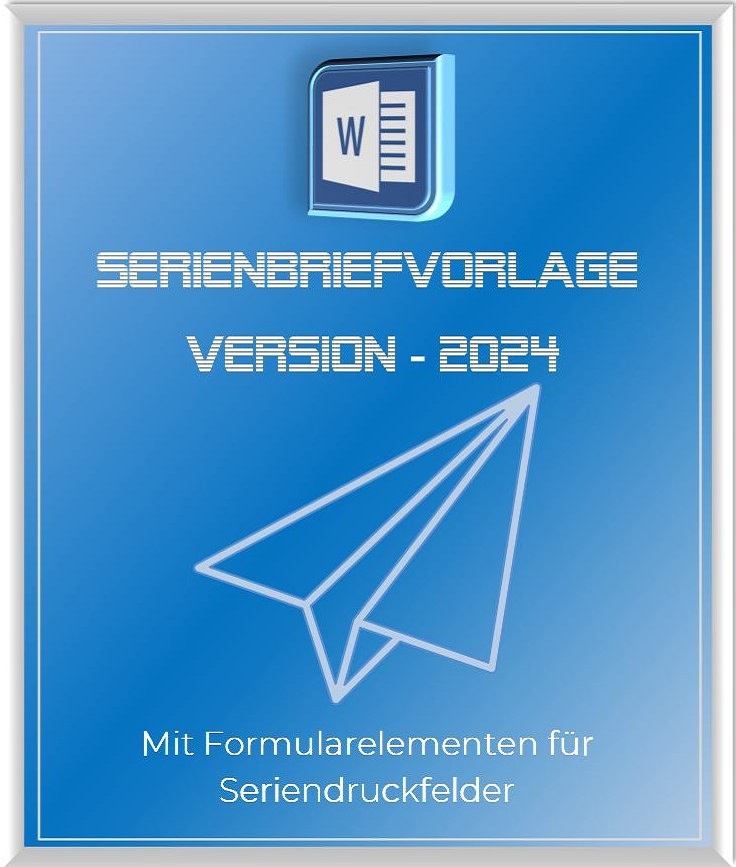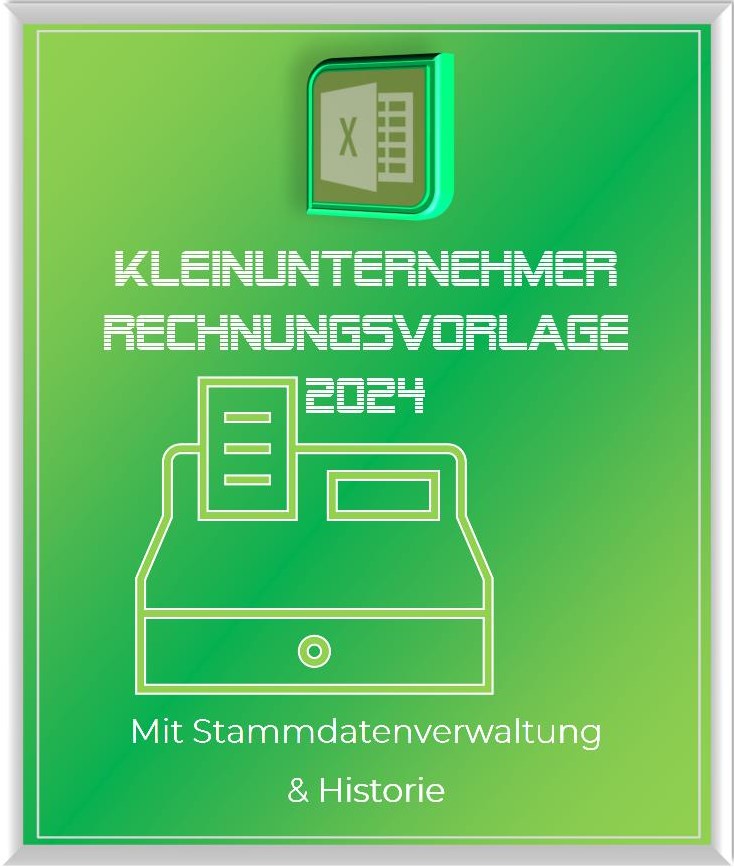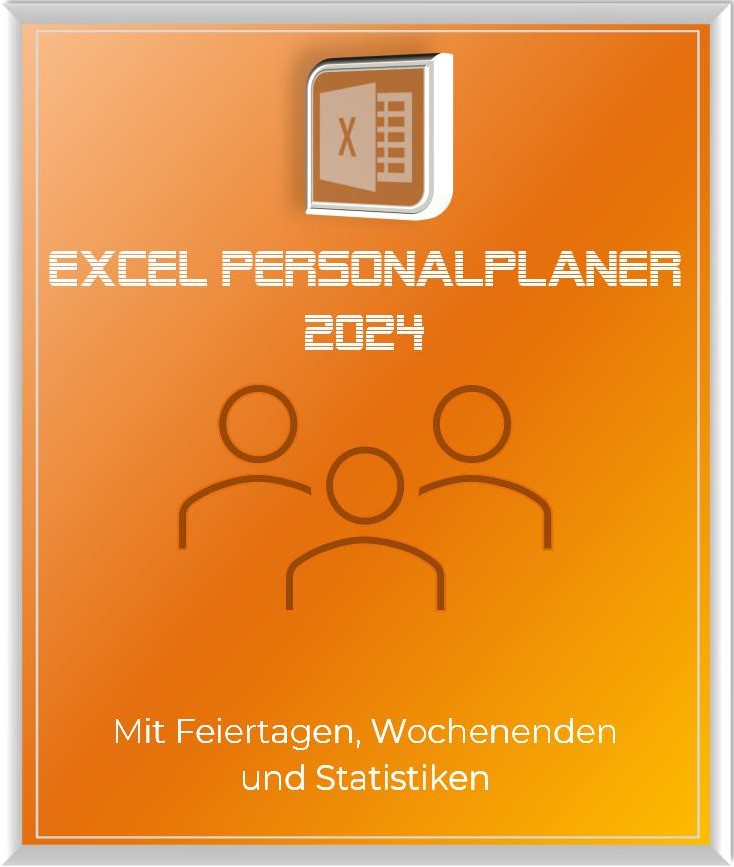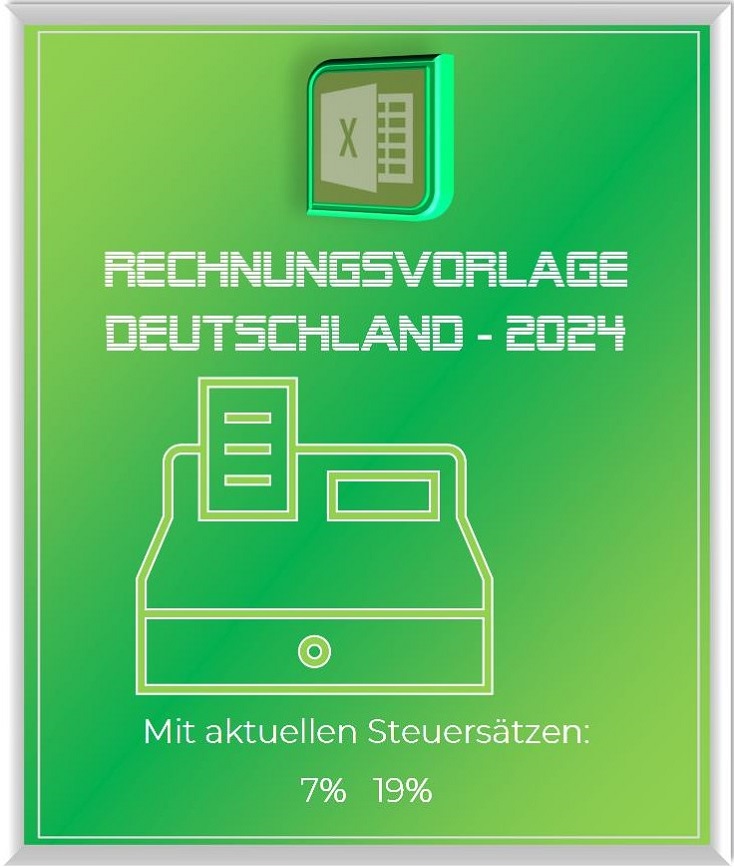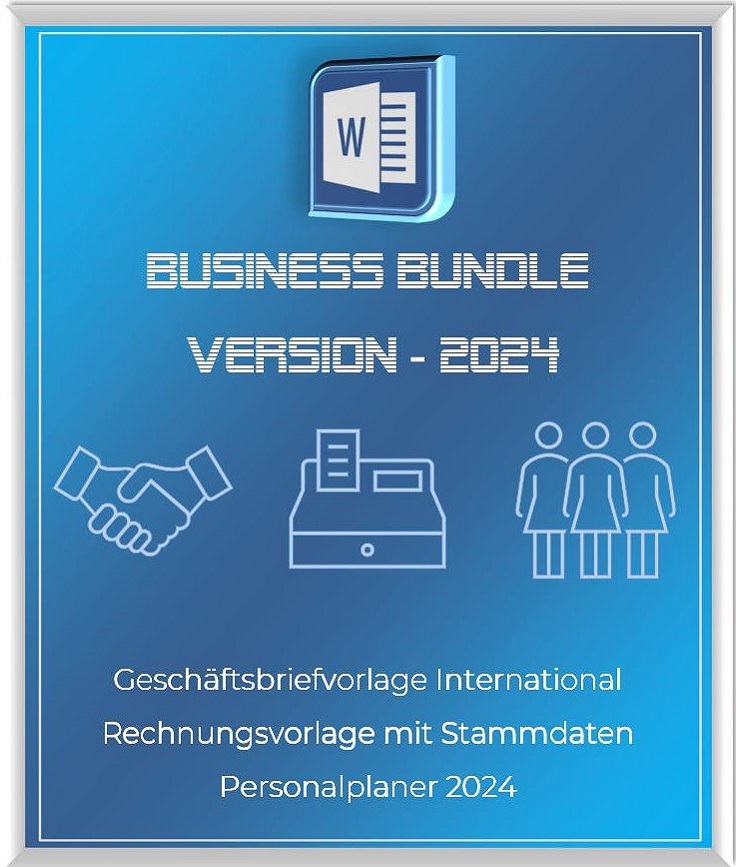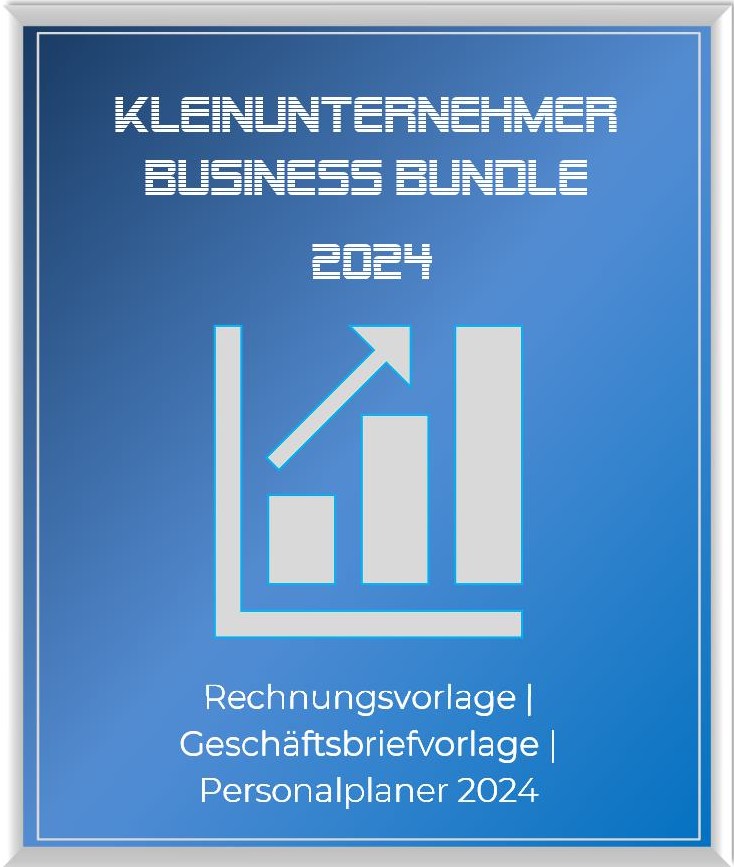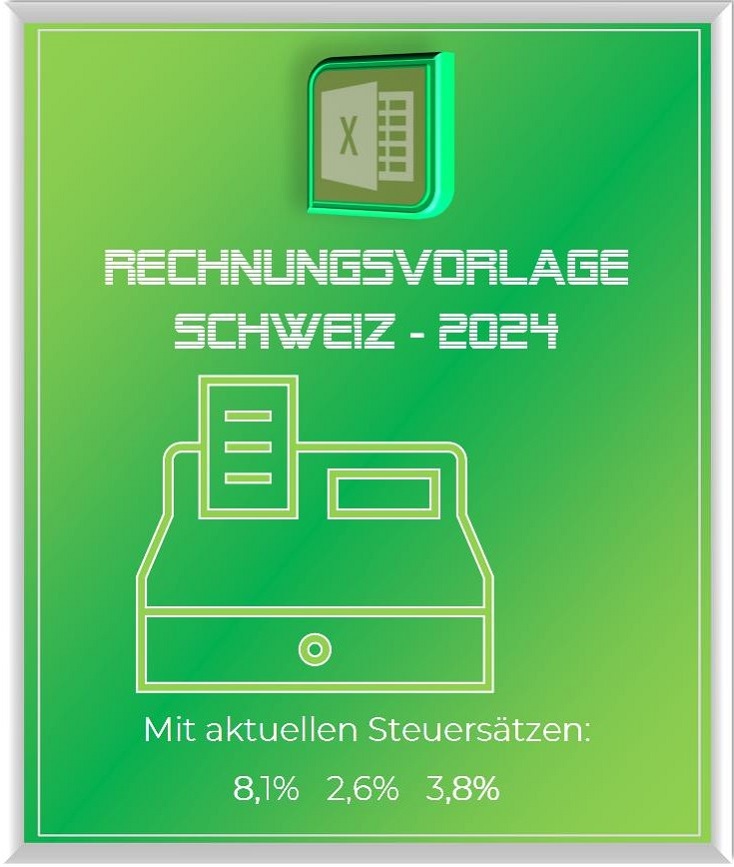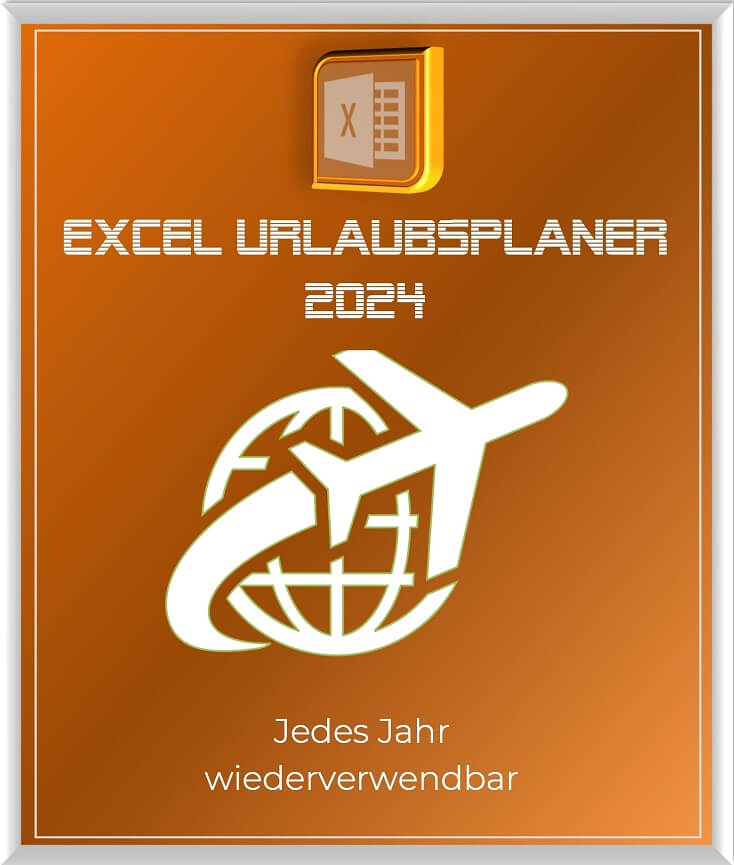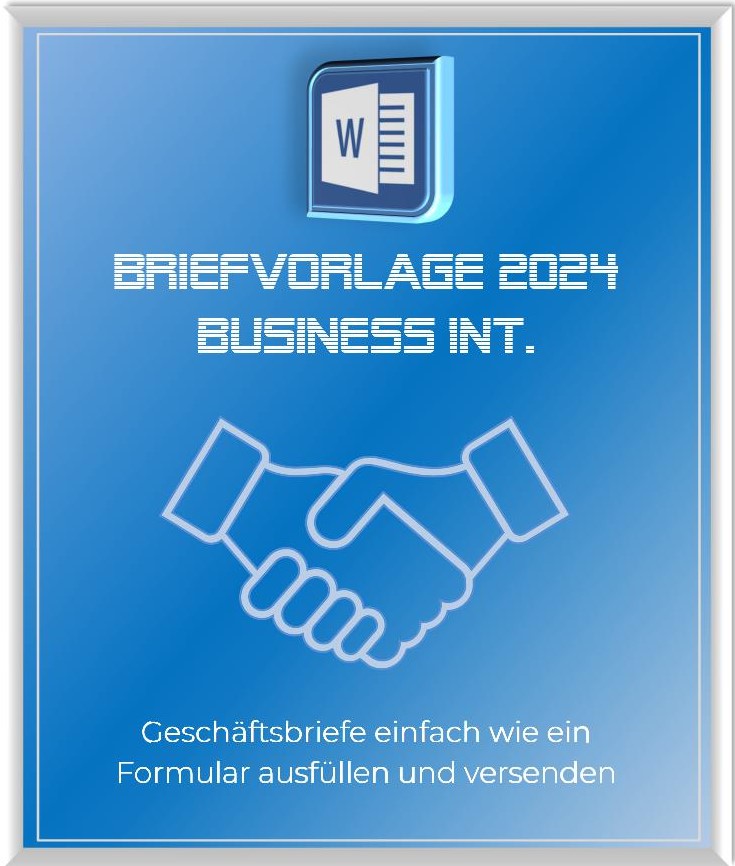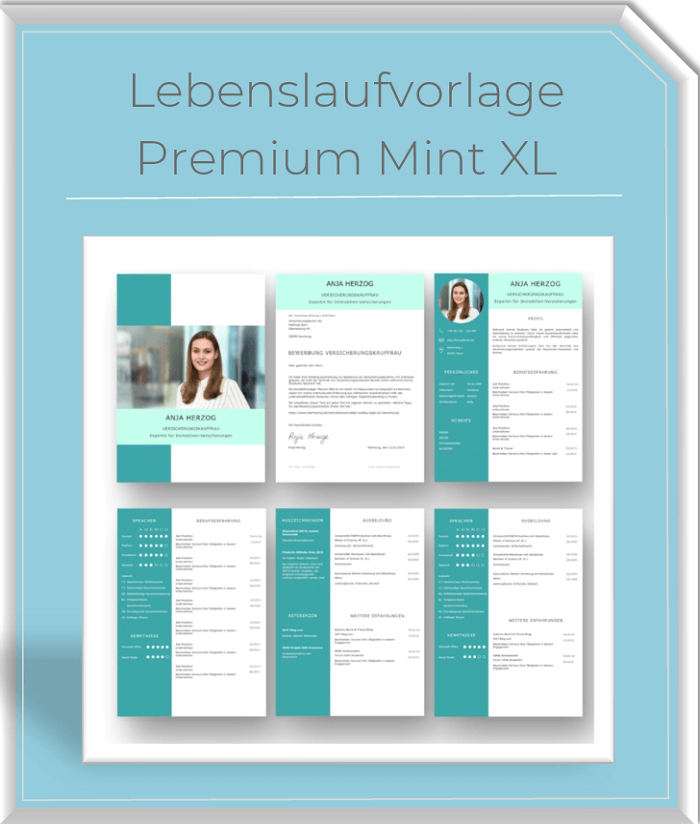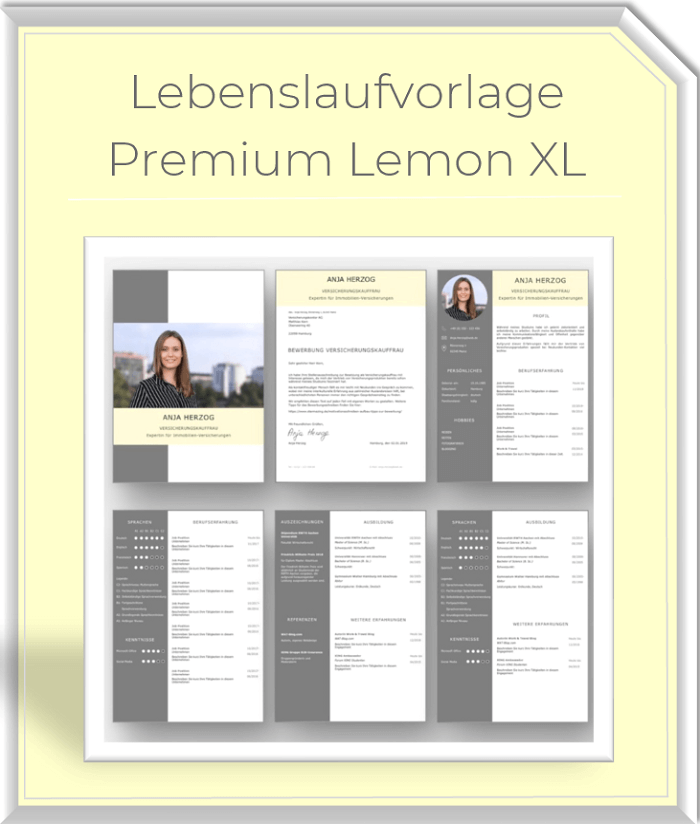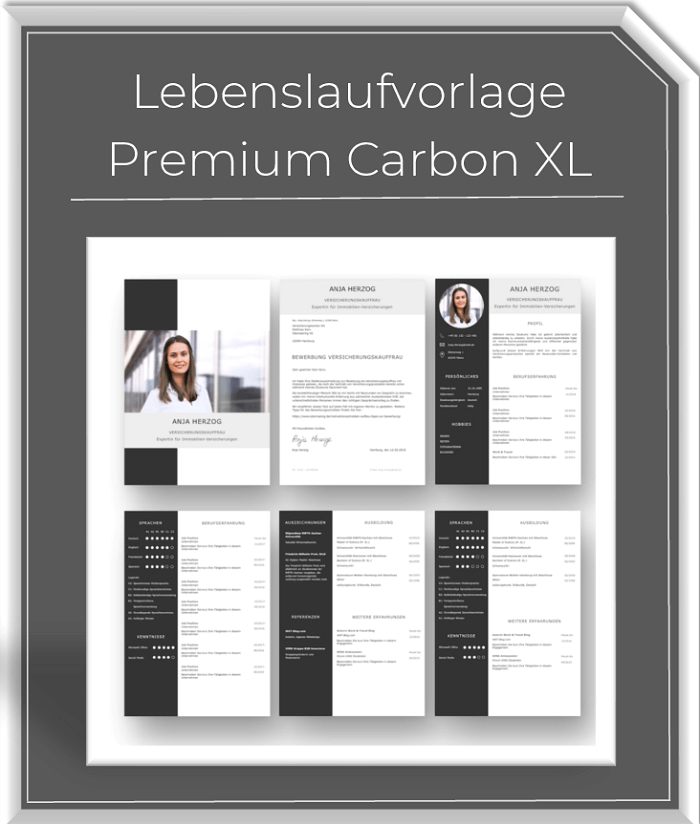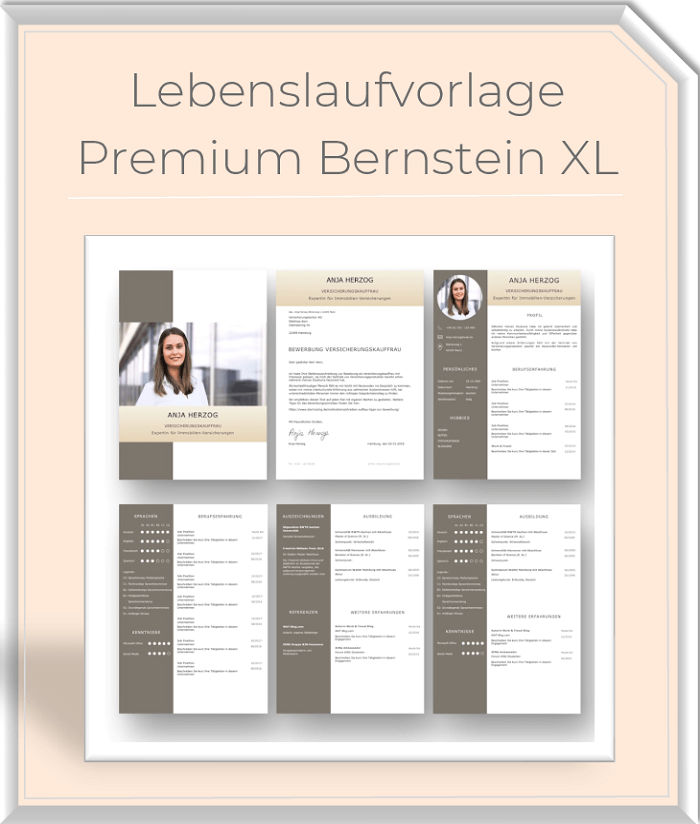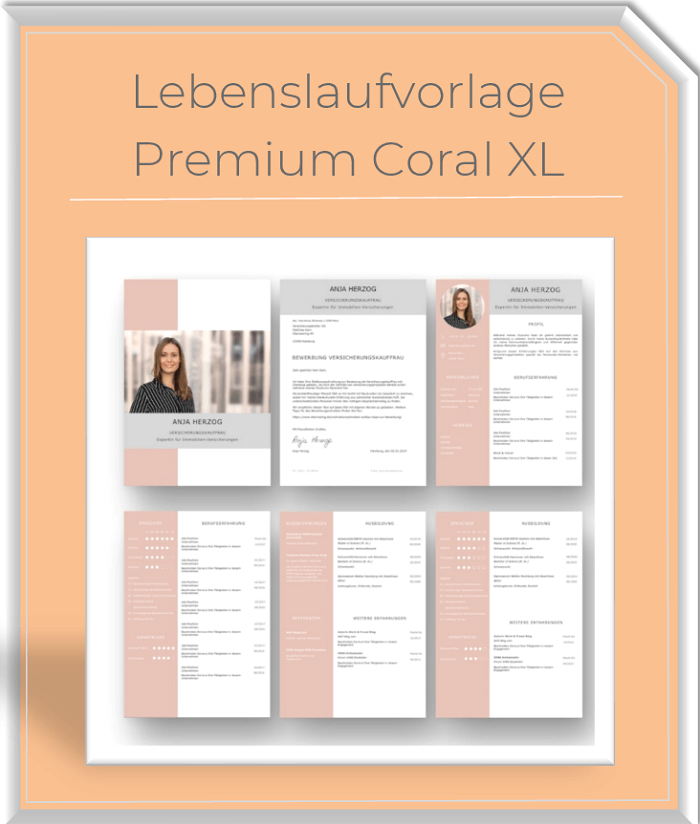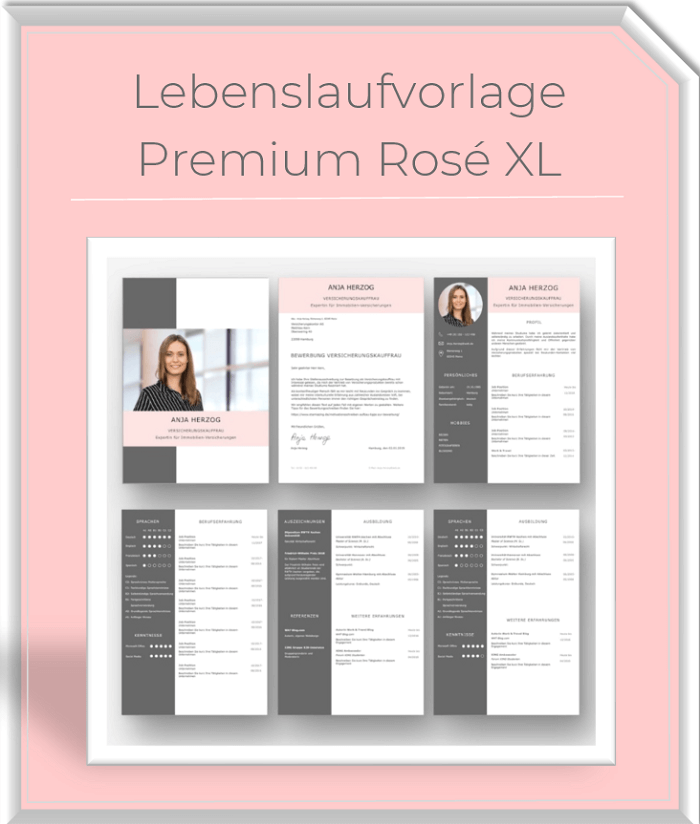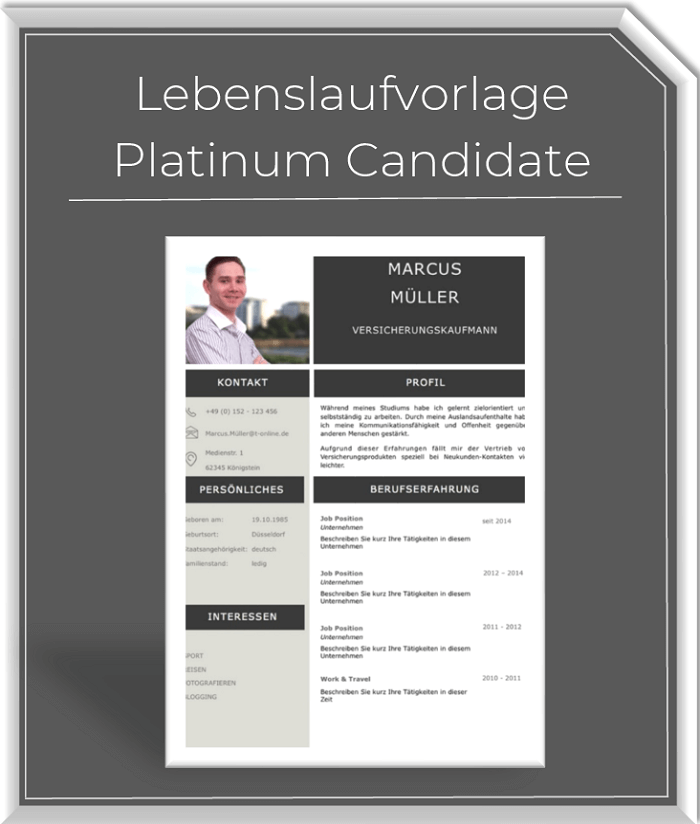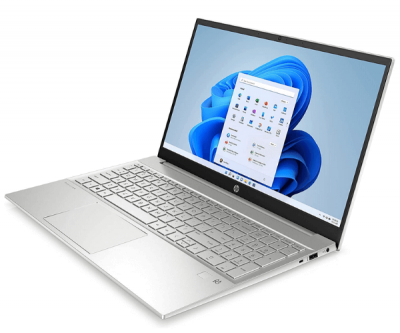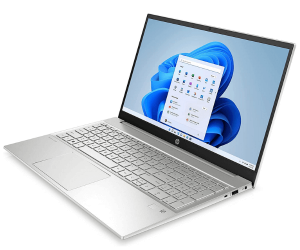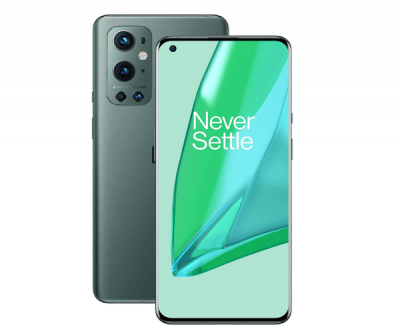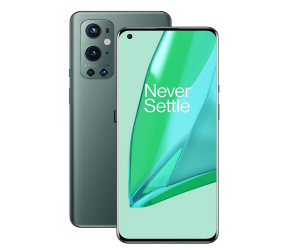PowerPoint power: Our best tips for your presentation!
PowerPoint is a powerful tool for presenting information. But it’s not easy to deliver a convincing performance. However, with a few tips, you can take your presentations to the next level and wow the audience. Here are our top tips that will help you become a power presenter. Before you start your presentation, it is of course important to master the basics of PowerPoint and to be clear about what information you want to convey to your audience and ultimately want to convince them. Information value always comes before design!

PowerPoint power: Our best tips for your presentation!
PowerPoint is a powerful tool for presenting information. But it’s not easy to deliver a convincing performance. However, with a few tips, you can take your presentations to the next level and wow the audience. Here are our top tips that will help you become a power presenter. Before you start your presentation, it is of course important to master the basics of PowerPoint and to be clear about what information you want to convey to your audience and ultimately want to convince them. Information value always comes before design!

Begin your presentation with a quote, anecdote, or fact.
Begin your presentation with a quote, anecdote, or fact.
At the beginning of every presentation it is important to get the full attention of the audience. Try to put yourself in the shoes of your viewers. They might come to your presentation between their regular work, or a previous appointment, and still have their heads full of other things. The first thing you need after a greeting and introduction (which some might still doze off over) is a wake-up call. Something that might shock everyone at first, or a quote from well-known personalities. Of course, the quote must be in the context of what your presentation is about. If you can’t think of anything, I recommend looking around at https://beruhmte-zitate.de/. There’s a lot of inspiration there.
This quote should also be accompanied by a suitable slide. This will then represent the start of your presentation introduction. The first slide does not have to be the only one where you work with quotations. You can start each subsequent slide with a quote and a suitable background image to convey your actual message.
Here would be some examples:
At the beginning of every presentation it is important to get the full attention of the audience. Try to put yourself in the shoes of your viewers. They might come to your presentation between their regular work, or a previous appointment, and still have their heads full of other things. The first thing you need after a greeting and introduction (which some might still doze off over) is a wake-up call. Something that might shock everyone at first, or a quote from well-known personalities. Of course, the quote must be in the context of what your presentation is about. If you can’t think of anything, I recommend looking around at https://beruhmte-zitate.de/. There’s a lot of inspiration there.
This quote should also be accompanied by a suitable slide. This will then represent the start of your presentation introduction. The first slide does not have to be the only one where you work with quotations. You can start each subsequent slide with a quote and a suitable background image to convey your actual message.
Here would be some examples:
This fast-forward sample presentation uses inspirational quotes to emphasize the theme of personal growth and potential. Each slide includes a quote and a matching background image to visually support the message. This will keep your viewers’ attention throughout the presentation. Because they tend to get bored quickly if nothing comes for a while except sober information.
This fast-forward sample presentation uses inspirational quotes to emphasize the theme of personal growth and potential. Each slide includes a quote and a matching background image to visually support the message. This will keep your viewers’ attention throughout the presentation. Because they tend to get bored quickly if nothing comes for a while except sober information.
Use images, charts, or videos for your content
Use images, charts, or videos for your content
Using images, charts, and videos in a presentation can add significant value and engage audiences effectively. Here are some reasons why you should include these visual elements in your presentation:
- Better understanding: Pictures, diagrams and videos can convey complex information in an understandable way. Instead of just using text, visuals can help clarify context and visualize complex concepts. They allow the audience to better grasp and retain the information.
- Raising Attention: Visual stimuli have powerful appeal and can capture the attention of the audience. By using images, diagrams, or videos, you can engage the audience and keep them engaged throughout the presentation. This helps convey the message more effectively and engages the audience.
- Emotional Impact: Images, charts, and videos can evoke emotion and connect with audiences. Through the targeted use of visual elements, you can create a certain mood or create a personal connection with the viewer. This can help make the presentation more memorable and anchor the message in a more emotional and lasting way.
- Supporting Diversity of Learning Styles: People learn in different ways, be it visual, auditory, or kinesthetic. By incorporating images, charts, and videos, you appeal to different learning styles and allow audiences to absorb the information in the way that works best for them. This increases the likelihood that viewers will better understand and retain the content presented.
- Relaxation of the lecture: By using visual elements, you can loosen up your presentation and offer variety. Make sure the visuals are well placed and complement the content instead of overwhelming it. A balanced mix of text, images, charts, and videos helps keep the audience engaged and the presentation more lively and engaging.
Remember that the use of images, charts, and videos should always be consistent with the content and goals of your presentation. Choose carefully what visuals you want to use and make sure they support and clarify your message.
A well-crafted presentation that makes clever use of visual elements can help your message get across more effectively and leave a lasting impression on the audience.
Using images, charts, and videos in a presentation can add significant value and engage audiences effectively. Here are some reasons why you should include these visual elements in your presentation:
- Better understanding: Pictures, diagrams and videos can convey complex information in an understandable way. Instead of just using text, visuals can help clarify context and visualize complex concepts. They allow the audience to better grasp and retain the information.
- Raising Attention: Visual stimuli have powerful appeal and can capture the attention of the audience. By using images, diagrams, or videos, you can engage the audience and keep them engaged throughout the presentation. This helps convey the message more effectively and engages the audience.
- Emotional Impact: Images, charts, and videos can evoke emotion and connect with audiences. Through the targeted use of visual elements, you can create a certain mood or create a personal connection with the viewer. This can help make the presentation more memorable and anchor the message in a more emotional and lasting way.
- Supporting Diversity of Learning Styles: People learn in different ways, be it visual, auditory, or kinesthetic. By incorporating images, charts, and videos, you appeal to different learning styles and allow audiences to absorb the information in the way that works best for them. This increases the likelihood that viewers will better understand and retain the content presented.
- Relaxation of the lecture: By using visual elements, you can loosen up your presentation and offer variety. Make sure the visuals are well placed and complement the content instead of overwhelming it. A balanced mix of text, images, charts, and videos helps keep the audience engaged and the presentation more lively and engaging.
Remember that the use of images, charts, and videos should always be consistent with the content and goals of your presentation. Choose carefully what visuals you want to use and make sure they support and clarify your message.
A well-crafted presentation that makes clever use of visual elements can help your message get across more effectively and leave a lasting impression on the audience.
Encourage your audience to think along and ensure interaction
Encourage your audience to think along and ensure interaction
When it comes to creating a compelling and interactive presentation, it’s important to encourage audience thought and interaction. Here are some approaches to achieve this:
- Ask questions: During your presentation, ask rhetorical or thought-provoking questions. This allows viewers to be actively involved in the lecture and reflect their thoughts. You can paste the questions into your slides or ask them verbally and then invite the audience to think about it and share their answers if appropriate.
- Include polls or polls: Use interactive tools or features to include polls or surveys during the presentation. This can be done either through special software or by simply raising your hands for approval or rejection. By involving the audience, they are actively involved in the presentation and can express their opinions or preferences. The results can then be used for discussions or further explanations.
- Initiate small group discussions: Divide the audience into smaller groups and give them a specific task or discussion question. This allows participants to interact with each other, share ideas and hear different perspectives. You can then ask representatives from each group to share their findings or insights with the rest of the viewers. This encourages collaboration and sharing of ideas.
- Install interactive elements: Use various interactive elements such as quizzes, puzzles, case studies or simulations to actively involve the audience. This can either come in the form of slides, online tools or even physical materials. By including such elements, viewers are encouraged to apply their knowledge, solve problems, or make decisions, leading to deeper understanding and more intense interaction.
- Live demonstrations or hands-on exercises: If possible, conduct live demonstrations or offer hands-on exercises where the audience can take action themselves. This allows viewers to directly experience and apply what is being said. This makes the presentation more tangible and allows the audience to better understand the concepts and translate them into their own experience.
By engaging the audience to think and interact, they become actively involved in the presentation and have a stronger connection to the content being presented. This encourages engagement and allows viewers to better understand and apply what they have learned.
When it comes to creating a compelling and interactive presentation, it’s important to encourage audience thought and interaction. Here are some approaches to achieve this:
- Ask questions: During your presentation, ask rhetorical or thought-provoking questions. This allows viewers to be actively involved in the lecture and reflect their thoughts. You can paste the questions into your slides or ask them verbally and then invite the audience to think about it and share their answers if appropriate.
- Include polls or polls: Use interactive tools or features to include polls or surveys during the presentation. This can be done either through special software or by simply raising your hands for approval or rejection. By involving the audience, they are actively involved in the presentation and can express their opinions or preferences. The results can then be used for discussions or further explanations.
- Initiate small group discussions: Divide the audience into smaller groups and give them a specific task or discussion question. This allows participants to interact with each other, share ideas and hear different perspectives. You can then ask representatives from each group to share their findings or insights with the rest of the viewers. This encourages collaboration and sharing of ideas.
- Install interactive elements: Use various interactive elements such as quizzes, puzzles, case studies or simulations to actively involve the audience. This can either come in the form of slides, online tools or even physical materials. By including such elements, viewers are encouraged to apply their knowledge, solve problems, or make decisions, leading to deeper understanding and more intense interaction.
- Live demonstrations or hands-on exercises: If possible, conduct live demonstrations or offer hands-on exercises where the audience can take action themselves. This allows viewers to directly experience and apply what is being said. This makes the presentation more tangible and allows the audience to better understand the concepts and translate them into their own experience.
By engaging the audience to think and interact, they become actively involved in the presentation and have a stronger connection to the content being presented. This encourages engagement and allows viewers to better understand and apply what they have learned.
Use humor to set the mood
Use humor to set the mood
Everyone likes to laugh and relax at the same time. That’s why incorporating humor into your PowerPoint presentation will be an effective way to entertain the audience, hold their attention, and create a positive atmosphere. Of course, not everyone shares the same type of humor, so we have a few more tips on how to use humor in your presentation:
- Adjust the humor to your audience: Consider your audience’s interests, background, and culture to choose the right humor. Make sure the humor is appropriate and understandable to ensure it resonates with viewers.
- Use visual elements: Graphics, cartoons or memes can create a humorous atmosphere and loosen up the presentation. Incorporate humorous images related to the topic of your presentation, or add text or speech bubbles to enhance the visual impact.
- Tell humorous anecdotes or stories: Use personal anecdotes or humorous stories to liven up your presentation and make the audience smile. Choose stories that connect with the topic while also having a humorous twist. Make sure the anecdotes aren’t too long and don’t interrupt the flow of the presentation.
- Puns and humorous choice of words: Use puns, puns or humorous terms to get your message across in a humorous way. Play with language and make the audience laugh while conveying your information at the same time. However, make sure that the puns are understandable and don’t get too complicated.
- Self-mockery: Show a healthy dose of self-deprecation and don’t take yourself too seriously. Self-mockery can bridge the audience and create a positive connection. Share humorous mishaps or mishaps that have happened to you related to your topic and show that you can laugh at yourself.
- Timing and dosage: Make sure you dose the humor well and use it in the right places. Don’t overdo it and leave enough space for the main content of your presentation. Use humor to emphasize points, hold attention, or pause briefly before moving on to the next topic.
Humor can be a powerful weapon to engage audiences and create a positive vibe. However, use humor judiciously and make sure it fits your personality and the topic of your presentation. When you strike the right balance, the use of humor can make your presentation memorable and leave a lasting impression on your audience.
Everyone likes to laugh and relax at the same time. That’s why incorporating humor into your PowerPoint presentation will be an effective way to entertain the audience, hold their attention, and create a positive atmosphere. Of course, not everyone shares the same type of humor, so we have a few more tips on how to use humor in your presentation:
- Adjust the humor to your audience: Consider your audience’s interests, background, and culture to choose the right humor. Make sure the humor is appropriate and understandable to ensure it resonates with viewers.
- Use visual elements: Graphics, cartoons or memes can create a humorous atmosphere and loosen up the presentation. Incorporate humorous images related to the topic of your presentation, or add text or speech bubbles to enhance the visual impact.
- Tell humorous anecdotes or stories: Use personal anecdotes or humorous stories to liven up your presentation and make the audience smile. Choose stories that connect with the topic while also having a humorous twist. Make sure the anecdotes aren’t too long and don’t interrupt the flow of the presentation.
- Puns and humorous choice of words: Use puns, puns or humorous terms to get your message across in a humorous way. Play with language and make the audience laugh while conveying your information at the same time. However, make sure that the puns are understandable and don’t get too complicated.
- Self-mockery: Show a healthy dose of self-deprecation and don’t take yourself too seriously. Self-mockery can bridge the audience and create a positive connection. Share humorous mishaps or mishaps that have happened to you related to your topic and show that you can laugh at yourself.
- Timing and dosage: Make sure you dose the humor well and use it in the right places. Don’t overdo it and leave enough space for the main content of your presentation. Use humor to emphasize points, hold attention, or pause briefly before moving on to the next topic.
Humor can be a powerful weapon to engage audiences and create a positive vibe. However, use humor judiciously and make sure it fits your personality and the topic of your presentation. When you strike the right balance, the use of humor can make your presentation memorable and leave a lasting impression on your audience.
Metaphors: Compare complex content with simple images
Metaphors: Compare complex content with simple images
Metaphors are a powerful rhetorical figure that can be used in PowerPoint presentations to make complex concepts understandable, evoke emotion, and have a lasting impact on audiences. Here are some reasons why you should use metaphors in your PowerPoint presentations to make what you are showing more transparent and vivid to your viewers:
- intelligibility: Metaphors allow you to turn abstract or complex concepts into familiar and tangible images. By comparing something difficult to something familiar, you can help the audience better understand and relate to the concept. Metaphors serve as a bridge between the abstract and the concrete, thus facilitating understanding.
- memorability: Metaphors create images in the mind of the listener and thus stick better in the memory. When you use a powerful metaphor to get your message across, audiences will associate the visual image with the information and remember it better. Metaphors can help make your presentation memorable.
- Emotional Influence: Metaphors often have a strong emotional impact as they can evoke feelings and moods. By using metaphors, you can create a certain atmosphere or mood that engages the audience emotionally and creates a deeper connection to your topic. This helps create a lasting impact and amplifies the message.
- Simplification of technical terms: In technical or specialized presentations, metaphors can be used to make complex technical terms or technical concepts easier to understand. By using a metaphor connected to viewers’ everyday knowledge, you can make the information more accessible and easier to understand.
- Creativity and originality: Using metaphors in your PowerPoint presentations shows creativity and originality. They add a personal touch to your presentation and help you stand out from other presentations. By skillfully selecting and integrating metaphors, you can make your message more memorable and unique.
When using metaphors, it’s important that they fit the topic and context of your presentation. Choose metaphors that are understandable to your audience and connect to your topic. Make sure the metaphors don’t get too complex or confusing, and that they support rather than detract from the main point of your presentation.
Using metaphors in PowerPoint presentations opens up creative ways to convey information, evoke emotion, and engage audiences. By using figurative language, you can make your presentation more effective and memorable
Metaphors are a powerful rhetorical figure that can be used in PowerPoint presentations to make complex concepts understandable, evoke emotion, and have a lasting impact on audiences. Here are some reasons why you should use metaphors in your PowerPoint presentations to make what you are showing more transparent and vivid to your viewers:
- intelligibility: Metaphors allow you to turn abstract or complex concepts into familiar and tangible images. By comparing something difficult to something familiar, you can help the audience better understand and relate to the concept. Metaphors serve as a bridge between the abstract and the concrete, thus facilitating understanding.
- memorability: Metaphors create images in the mind of the listener and thus stick better in the memory. When you use a powerful metaphor to get your message across, audiences will associate the visual image with the information and remember it better. Metaphors can help make your presentation memorable.
- Emotional Influence: Metaphors often have a strong emotional impact as they can evoke feelings and moods. By using metaphors, you can create a certain atmosphere or mood that engages the audience emotionally and creates a deeper connection to your topic. This helps create a lasting impact and amplifies the message.
- Simplification of technical terms: In technical or specialized presentations, metaphors can be used to make complex technical terms or technical concepts easier to understand. By using a metaphor connected to viewers’ everyday knowledge, you can make the information more accessible and easier to understand.
- Creativity and originality: Using metaphors in your PowerPoint presentations shows creativity and originality. They add a personal touch to your presentation and help you stand out from other presentations. By skillfully selecting and integrating metaphors, you can make your message more memorable and unique.
When using metaphors, it’s important that they fit the topic and context of your presentation. Choose metaphors that are understandable to your audience and connect to your topic. Make sure the metaphors don’t get too complex or confusing, and that they support rather than detract from the main point of your presentation.
Using metaphors in PowerPoint presentations opens up creative ways to convey information, evoke emotion, and engage audiences. By using figurative language, you can make your presentation more effective and memorable
Illustrate your statements with specific examples
Illustrate your statements with specific examples
Illustrating what you’re saying with concrete examples in a presentation is an effective way to make abstract concepts tangible, promote understanding, and add credibility to your information. Here are some reasons why you should include concrete examples in your presentation:
Illustrating what you’re saying with concrete examples in a presentation is an effective way to make abstract concepts tangible, promote understanding, and add credibility to your information. Here are some reasons why you should include concrete examples in your presentation:
- Clarity: Concrete examples illustrate abstract concepts and make them clearer and easier to understand for the audience. By backing your statements with real situations, experiences, or case studies, you can facilitate understanding and ensure your message is conveyed concisely and clearly.
- Credibility: By using concrete examples, you can strengthen the credibility of your statements. By presenting actual facts, statistics, or success stories, you make it clear that your information is based on real events or best practices. This gives your presentation an extra power of persuasion and makes your statements more trustworthy.
- Emotional connection: Concrete examples can create an emotional connection with the audience. When you share stories or experiences that relate to viewers’ realities of life, you can address their personal experiences and arouse emotions. This will involve the audience more in your presentation and the message will be more memorable.
- Illustration of benefits or impact: Specific examples can help clarify the benefits or implications of your statements. When you connect abstract concepts to specific scenarios or outcomes, it becomes easier for audiences to see the value or relevance of your information. This can help viewers find your presentation relevant and valuable to their own needs or challenges.
- Practical use: Concrete examples allow the audience to apply your statements to their own situations or challenges. By providing examples that relate to real-world use cases, viewers can better understand how they might use your information in their own life or work environment. This promotes engagement and practical implementation of your presentation content.
- Clarity: Concrete examples illustrate abstract concepts and make them clearer and easier to understand for the audience. By backing your statements with real situations, experiences, or case studies, you can facilitate understanding and ensure your message is conveyed concisely and clearly.
- Credibility: By using concrete examples, you can strengthen the credibility of your statements. By presenting actual facts, statistics, or success stories, you make it clear that your information is based on real events or best practices. This gives your presentation an extra power of persuasion and makes your statements more trustworthy.
- Emotional connection: Concrete examples can create an emotional connection with the audience. When you share stories or experiences that relate to viewers’ realities of life, you can address their personal experiences and arouse emotions. This will involve the audience more in your presentation and the message will be more memorable.
- Illustration of benefits or impact: Specific examples can help clarify the benefits or implications of your statements. When you connect abstract concepts to specific scenarios or outcomes, it becomes easier for audiences to see the value or relevance of your information. This can help viewers find your presentation relevant and valuable to their own needs or challenges.
- Practical use: Concrete examples allow the audience to apply your statements to their own situations or challenges. By providing examples that relate to real-world use cases, viewers can better understand how they might use your information in their own life or work environment. This promotes engagement and practical implementation of your presentation content.
When choosing specific examples, it’s important that they fit the audience, topic, and context of your presentation. Choose examples that are relevant and understandable to the audience, and make sure they clearly support and don’t confuse what you’re saying.
By incorporating concrete examples into your presentation, you can make your information more meaningful and understandable. Concrete examples make abstract concepts more tangible, promote credibility, create an emotional connection, and allow audiences to put what you’re saying into practice.
When choosing specific examples, it’s important that they fit the audience, topic, and context of your presentation. Choose examples that are relevant and understandable to the audience, and make sure they clearly support and don’t confuse what you’re saying.
By incorporating concrete examples into your presentation, you can make your information more meaningful and understandable. Concrete examples make abstract concepts more tangible, promote credibility, create an emotional connection, and allow audiences to put what you’re saying into practice.
Switch between different slide transitions
Switch between different slide transitions
- Variety and visual appeal: By using different slide transitions, you can create visual variety and increase audience interest. Various transition effects like fade, shift, crumble or flip can make the presentation more dynamic and engaging. However, choose transitions that fit the theme and overall style of your presentation and don’t overpower or distract from the content.
- Consistency: While using different slide transitions can enhance the visual experience, it’s still important to maintain some consistency. Don’t use too many different transitions, as this can make the presentation look busy. Pick a few transitions that go well together and repeat them throughout your presentation to maintain a consistent style.
- Emphasizing important content: Use specific slide transitions to emphasize important content or transitions between main topics. For example, you can use an eye-catching transition to introduce a key message or a new chapter. By carefully selecting slide transitions, you can draw the audience’s attention and emphasize specific information.
- Transitions as means of narration: Think of slide transitions not just as visual effects, but also as a means of telling your story. A clever transition can help flow content and create a logical connection between slides. Experiment with different transitions to help flow information and provide a seamless presentation.
- restraint: While slide transitions can be visually appealing, it’s important not to overuse them or overemphasize them. The focus should always be on the content and your message. So don’t overdo it with effects that could distract from the main content. Use slide transitions as an aid to enhance your presentation, but make sure they’re subtle and appropriate.
When using slide transitions, it’s a good idea to test them first and make sure they work smoothly. Some transitions may appear differently on different devices or software versions, so it’s important to check the presentation beforehand.
Overall, different slide transitions can help make your presentation livelier and more engaging. By carefully selecting and using transitions, you can enhance the visual experience and get your message across more effectively.
- Variety and visual appeal: By using different slide transitions, you can create visual variety and increase audience interest. Various transition effects like fade, shift, crumble or flip can make the presentation more dynamic and engaging. However, choose transitions that fit the theme and overall style of your presentation and don’t overpower or distract from the content.
- Consistency: While using different slide transitions can enhance the visual experience, it’s still important to maintain some consistency. Don’t use too many different transitions, as this can make the presentation look busy. Pick a few transitions that go well together and repeat them throughout your presentation to maintain a consistent style.
- Emphasizing important content: Use specific slide transitions to emphasize important content or transitions between main topics. For example, you can use an eye-catching transition to introduce a key message or a new chapter. By carefully selecting slide transitions, you can draw the audience’s attention and emphasize specific information.
- Transitions as means of narration: Think of slide transitions not just as visual effects, but also as a means of telling your story. A clever transition can help flow content and create a logical connection between slides. Experiment with different transitions to help flow information and provide a seamless presentation.
- restraint: While slide transitions can be visually appealing, it’s important not to overuse them or overemphasize them. The focus should always be on the content and your message. So don’t overdo it with effects that could distract from the main content. Use slide transitions as an aid to enhance your presentation, but make sure they’re subtle and appropriate.
When using slide transitions, it’s a good idea to test them first and make sure they work smoothly. Some transitions may appear differently on different devices or software versions, so it’s important to check the presentation beforehand.
Overall, different slide transitions can help make your presentation livelier and more engaging. By carefully selecting and using transitions, you can enhance the visual experience and get your message across more effectively.
Timing: Keep your presentation on time
Timing: Keep your presentation on time
Keeping time with your PowerPoint presentation is of great importance to ensure an effective and professional presentation. If you run out of time towards the end and start rushing, you’ll make mistakes and potentially ruin all the work you’ve put into the presentation so far. Your presentation should follow a well-coordinated choreography that also leaves enough room for flexibility.
Here are some tips to help you keep time:
- Plan ahead: Give yourself enough time to plan and organize your presentation in advance. Determine how much time you need for each slide or topic and create a timeline for your presentation. Be sure to allow enough time for questions or discussions.
- Practice beforehand: Before your actual presentation, sit down several times and practice your presentation. Be mindful of your time as you do this and make sure you keep to the allotted time for each section. Also, practice transitioning between slides to ensure a smooth flow.
- Use a time estimate: During your presentation, you can use a time estimate to keep track of your time. Place a clock or timer on your laptop or use a stopwatch app to keep track of the time remaining. This puts you in a better position to adjust the pace and ensure you finish on time.
- Prioritize your content: Identify the most important content and messages of your presentation and make sure you allocate enough time for their presentation. If time is short, you can trim or skip less important information to ensure you’re getting your key messages across effectively.
- Keep an eye on the audience: During your presentation, pay attention to the reactions and interest of the audience. If you find that the audience is getting impatient or losing attention, consider increasing the tempo or focusing on the most important points. At the same time, it is important not to speak too hastily, but to keep clear and understandable speech.
- Be flexible: Unforeseen circumstances may arise or time may run out. Be flexible and adjust your presentation if necessary to finish on time. If necessary, you can do without additional material or postpone questions to a later date.
By keeping to the time, you show professionalism, respect for your audience and that you are well prepared. A well-timed presentation allows the audience to better absorb and understand your content. Keep in mind that it’s important to strike a balance of conveying the content appropriately, but also leaving adequate time for interaction and questions.
Keeping time with your PowerPoint presentation is of great importance to ensure an effective and professional presentation. If you run out of time towards the end and start rushing, you’ll make mistakes and potentially ruin all the work you’ve put into the presentation so far. Your presentation should follow a well-coordinated choreography that also leaves enough room for flexibility.
Here are some tips to help you keep time:
- Plan ahead: Give yourself enough time to plan and organize your presentation in advance. Determine how much time you need for each slide or topic and create a timeline for your presentation. Be sure to allow enough time for questions or discussions.
- Practice beforehand: Before your actual presentation, sit down several times and practice your presentation. Be mindful of your time as you do this and make sure you keep to the allotted time for each section. Also, practice transitioning between slides to ensure a smooth flow.
- Use a time estimate: During your presentation, you can use a time estimate to keep track of your time. Place a clock or timer on your laptop or use a stopwatch app to keep track of the time remaining. This puts you in a better position to adjust the pace and ensure you finish on time.
- Prioritize your content: Identify the most important content and messages of your presentation and make sure you allocate enough time for their presentation. If time is short, you can trim or skip less important information to ensure you’re getting your key messages across effectively.
- Keep an eye on the audience: During your presentation, pay attention to the reactions and interest of the audience. If you find that the audience is getting impatient or losing attention, consider increasing the tempo or focusing on the most important points. At the same time, it is important not to speak too hastily, but to keep clear and understandable speech.
- Be flexible: Unforeseen circumstances may arise or time may run out. Be flexible and adjust your presentation if necessary to finish on time. If necessary, you can do without additional material or postpone questions to a later date.
By keeping to the time, you show professionalism, respect for your audience and that you are well prepared. A well-timed presentation allows the audience to better absorb and understand your content. Keep in mind that it’s important to strike a balance of conveying the content appropriately, but also leaving adequate time for interaction and questions.
Call to Action: Prompt your audience to take action
Call to Action: Prompt your audience to take action
A call to action (CTA) at the end of a presentation is crucial to motivate the audience to take action and achieve the desired results. After all, you’ve put a lot of time and effort into your presentation. In the end, of course, something should come out of it, and not only offer entertainment value. Here are some tips on how to create an effective call to action at the end of your presentation:
- Clarity and conciseness: Make your call to action clear and concise so the audience knows exactly what is expected of them. Avoid vague statements and make sure your instructions are clear and unambiguous.
- Emphasizing benefit and relevance: Make it clear how the audience can benefit from the implementation of your call to action. Show how the proposed action can improve their situation, achieve their goals, or solve problems. Emphasize the relevance and value of the call to action for the audience.
- Appeal emotionally: Try to make an emotional connection and engage the audience. Use meaningful words to evoke positive emotions such as enthusiasm, success or joy. Create a sense of urgency by making it clear that the audience should perform the action immediately or within a specific time limit.
- Give specific instructions: Make sure your call to action includes clear and specific instructions. Provide the audience with step-by-step instructions on how to take the desired action. The simpler and more specific the instructions, the more likely the audience is to follow them.
- Provide relevant resources: Support your call to action by providing relevant resources or information to the audience. This could be a website, contact form, handout, or other information that will help them take the desired action.
- Positive final statement: End your call to action with a positive closing statement that encourages and motivates the audience. Thank them for their attention and show your appreciation for their willingness to take the proposed action.
A well-crafted call to action can make the difference between a passive presentation and an effective presentation. By clearly communicating your expectations and focusing on audience benefit, you will increase engagement and willingness to act on your call to action.
Important: You can only convince if you are also convinced yourself! You will go through your presentation with even more self-confidence if you are 100% convinced of it and believe in its success.
We hope that we have been able to help you with these tips so that you can achieve the desired success with your next presentation.
A call to action (CTA) at the end of a presentation is crucial to motivate the audience to take action and achieve the desired results. After all, you’ve put a lot of time and effort into your presentation. In the end, of course, something should come out of it, and not only offer entertainment value. Here are some tips on how to create an effective call to action at the end of your presentation:
- Clarity and conciseness: Make your call to action clear and concise so the audience knows exactly what is expected of them. Avoid vague statements and make sure your instructions are clear and unambiguous.
- Emphasizing benefit and relevance: Make it clear how the audience can benefit from the implementation of your call to action. Show how the proposed action can improve their situation, achieve their goals, or solve problems. Emphasize the relevance and value of the call to action for the audience.
- Appeal emotionally: Try to make an emotional connection and engage the audience. Use meaningful words to evoke positive emotions such as enthusiasm, success or joy. Create a sense of urgency by making it clear that the audience should perform the action immediately or within a specific time limit.
- Give specific instructions: Make sure your call to action includes clear and specific instructions. Provide the audience with step-by-step instructions on how to take the desired action. The simpler and more specific the instructions, the more likely the audience is to follow them.
- Provide relevant resources: Support your call to action by providing relevant resources or information to the audience. This could be a website, contact form, handout, or other information that will help them take the desired action.
- Positive final statement: End your call to action with a positive closing statement that encourages and motivates the audience. Thank them for their attention and show your appreciation for their willingness to take the proposed action.
A well-crafted call to action can make the difference between a passive presentation and an effective presentation. By clearly communicating your expectations and focusing on audience benefit, you will increase engagement and willingness to act on your call to action.
Important: You can only convince if you are also convinced yourself! You will go through your presentation with even more self-confidence if you are 100% convinced of it and believe in its success.
We hope that we have been able to help you with these tips so that you can achieve the desired success with your next presentation.
Popular Posts:
Integrate and use ChatGPT in Excel – is that possible?
ChatGPT is more than just a simple chatbot. Learn how it can revolutionize how you work with Excel by translating formulas, creating VBA macros, and even promising future integration with Office.
Create Out of Office Notice in Outlook
To create an Out of Office message in Microsoft Outlook - Office 365, and start relaxing on vacation
The best backup solutions for your data
Keep your data safe and secure! Discover our best backup solutions for your valuable information now. Because safety is the be-all and end-all - and we have the perfect tips.
Internet Addiction – A serious look at a growing problem
Internet addiction is just as serious an illness as alcohol or drug addiction. Just that this is a mental illness. In this article we want to go into the phenomenon in more detail and provide assistance.
Main keyboard shortcuts in Windows 10/11
Entdecken Sie die wichtigsten Shortcuts in Windows 11, um Ihre Produktivität zu steigern. Von allgemeinen Befehlen bis hin zu spezifischen Fenster-Management- und System-Shortcuts, lernen Sie, wie Sie mit diesen Tastenkombinationen effizienter arbeiten können.
Encrypt USB stick – These options are available
Protecting sensitive data is essential. Encrypting USB sticks provides an extra layer of security. Whether it's built-in software, operating system features, third-party software, or hardware encryption, there are numerous options.
Popular Posts:
Integrate and use ChatGPT in Excel – is that possible?
ChatGPT is more than just a simple chatbot. Learn how it can revolutionize how you work with Excel by translating formulas, creating VBA macros, and even promising future integration with Office.
Create Out of Office Notice in Outlook
To create an Out of Office message in Microsoft Outlook - Office 365, and start relaxing on vacation
The best backup solutions for your data
Keep your data safe and secure! Discover our best backup solutions for your valuable information now. Because safety is the be-all and end-all - and we have the perfect tips.
Internet Addiction – A serious look at a growing problem
Internet addiction is just as serious an illness as alcohol or drug addiction. Just that this is a mental illness. In this article we want to go into the phenomenon in more detail and provide assistance.
Main keyboard shortcuts in Windows 10/11
Entdecken Sie die wichtigsten Shortcuts in Windows 11, um Ihre Produktivität zu steigern. Von allgemeinen Befehlen bis hin zu spezifischen Fenster-Management- und System-Shortcuts, lernen Sie, wie Sie mit diesen Tastenkombinationen effizienter arbeiten können.
Encrypt USB stick – These options are available
Protecting sensitive data is essential. Encrypting USB sticks provides an extra layer of security. Whether it's built-in software, operating system features, third-party software, or hardware encryption, there are numerous options.







